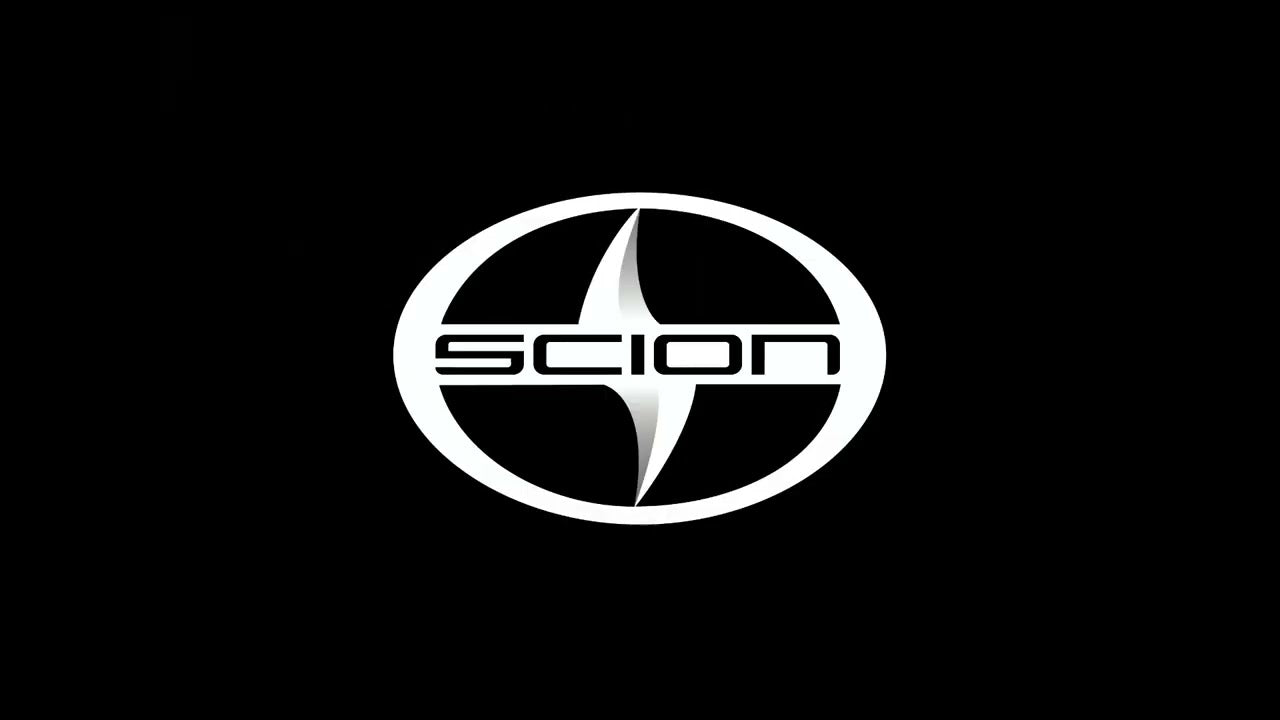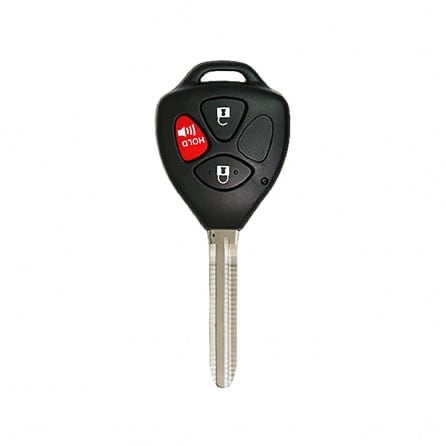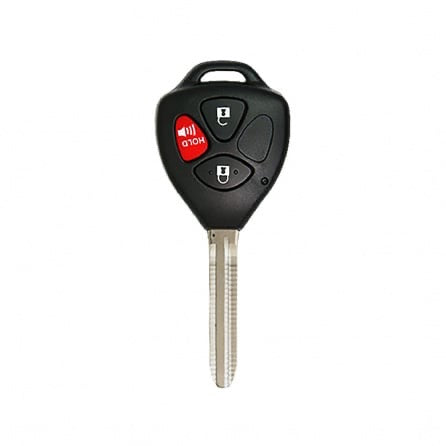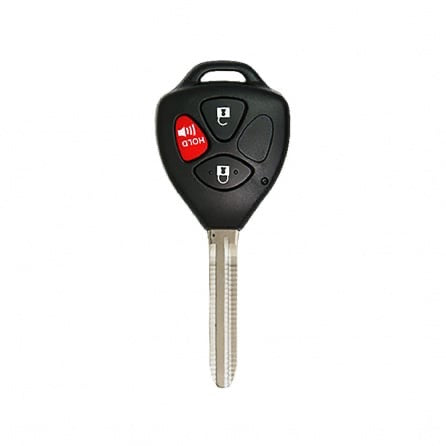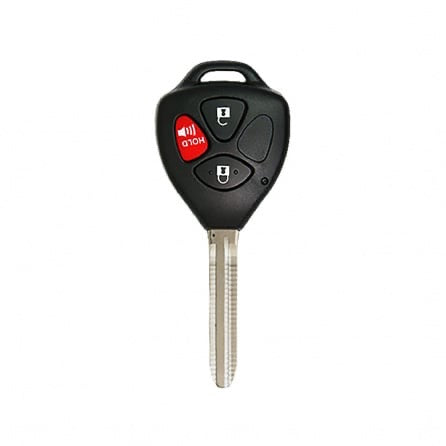11 products
-
Scion tC 2005-2010 (Transponder Key) 2 Pack
 Vendor:Scion tC 2005-2010 (Transponder Key) 2 PackExecutive Car Keys
Vendor:Scion tC 2005-2010 (Transponder Key) 2 PackExecutive Car Keys- Regular price
-
$19.95 - Regular price
-
- Sale price
-
$19.95
Quick view
-
Scion FR-S 2013-2015
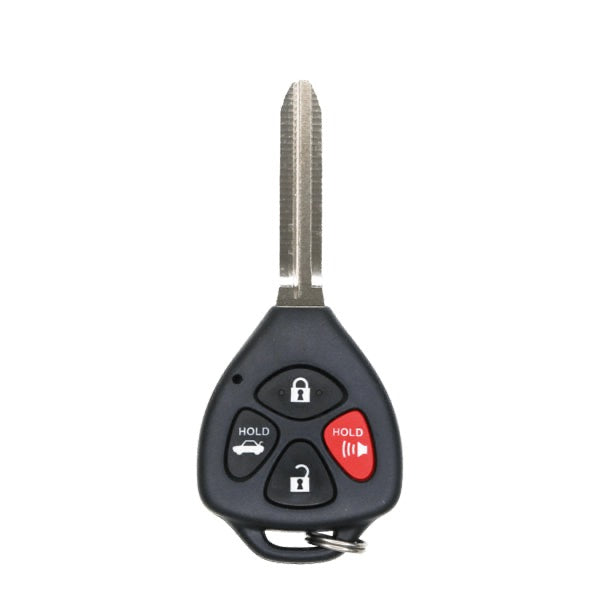 Vendor:Scion FR-S 2013-2015Executive Key Fobs
Vendor:Scion FR-S 2013-2015Executive Key Fobs- Regular price
-
$49.95 - Regular price
-
- Sale price
-
$49.95
Quick view
-
Scion iM 2016-2017 (Transponder Key) 2 Pack
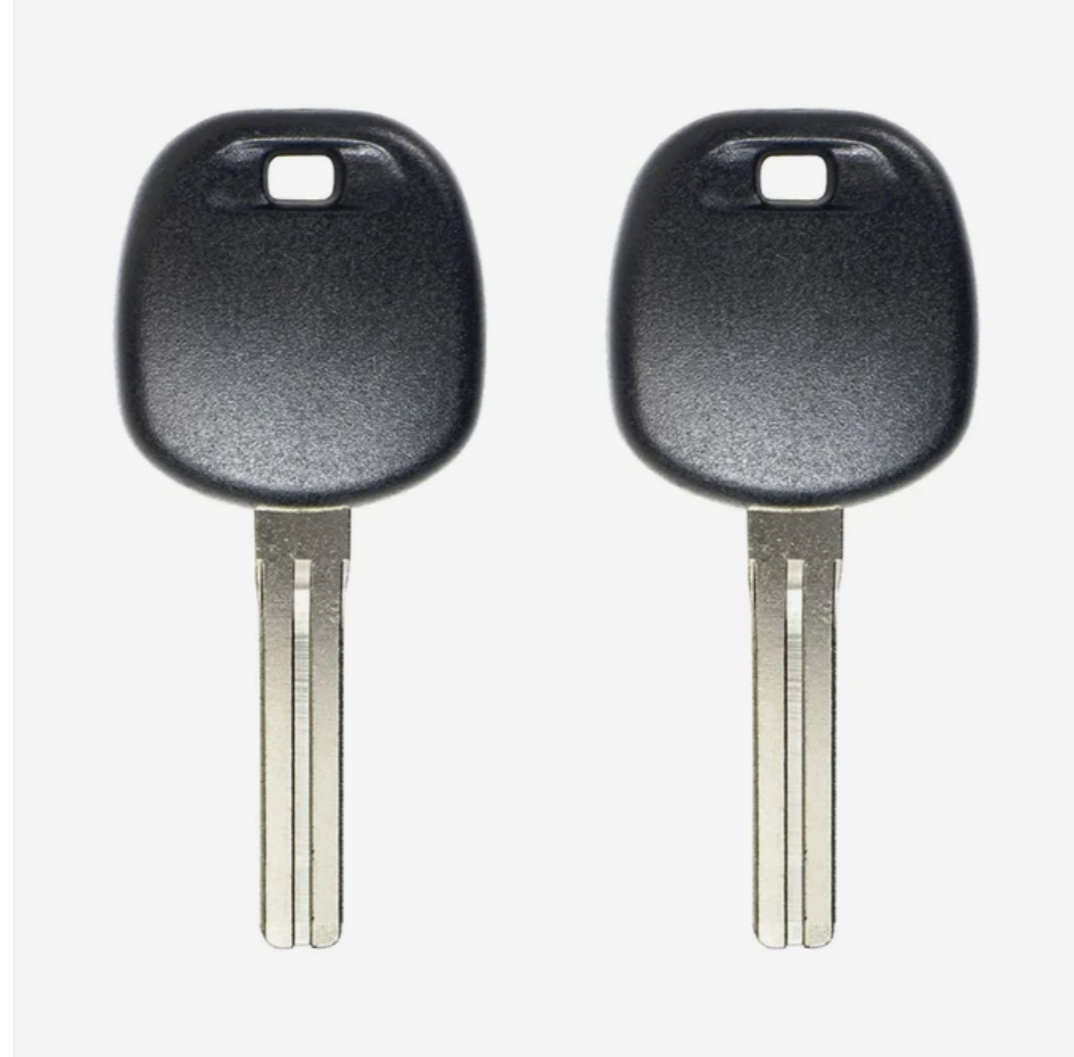 Vendor:Scion iM 2016-2017 (Transponder Key) 2 PackExecutive Car Keys
Vendor:Scion iM 2016-2017 (Transponder Key) 2 PackExecutive Car Keys- Regular price
-
$19.95 - Regular price
-
- Sale price
-
$19.95
Quick view
-
Scion tC 2011-2015 (Transponder Key) 2 Pack
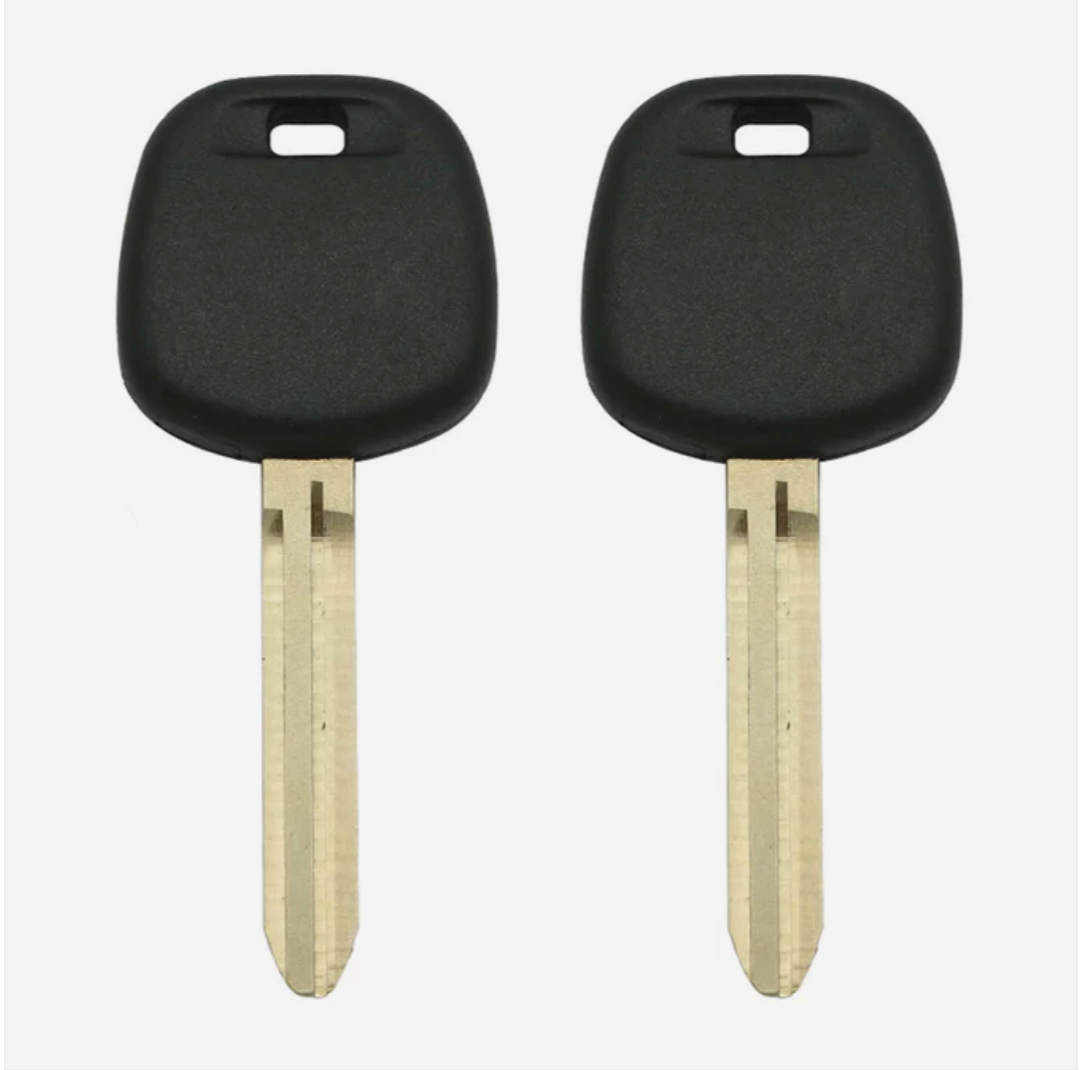 Vendor:Scion tC 2011-2015 (Transponder Key) 2 PackExecutive Car Keys
Vendor:Scion tC 2011-2015 (Transponder Key) 2 PackExecutive Car Keys- Regular price
-
$19.95 - Regular price
-
- Sale price
-
$19.95
Quick view
-
Scion xD 2008-2014 (Transponder Key) 2 Pack
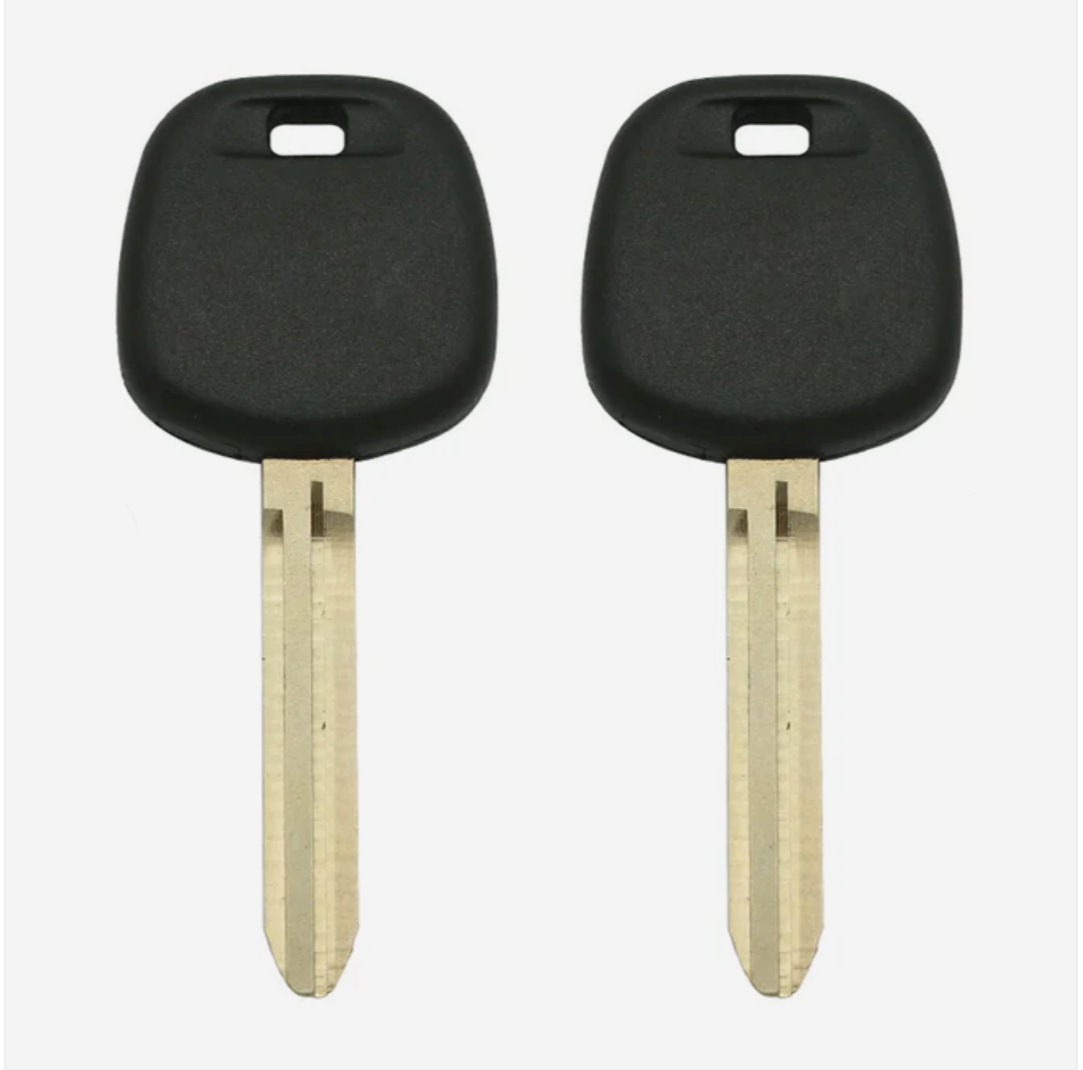 Vendor:Scion xD 2008-2014 (Transponder Key) 2 PackExecutive Car Keys
Vendor:Scion xD 2008-2014 (Transponder Key) 2 PackExecutive Car Keys- Regular price
-
$19.95 - Regular price
-
- Sale price
-
$19.95
Quick view
-
Scion xB 2004-2014 (Transponder Key) 2 Pack
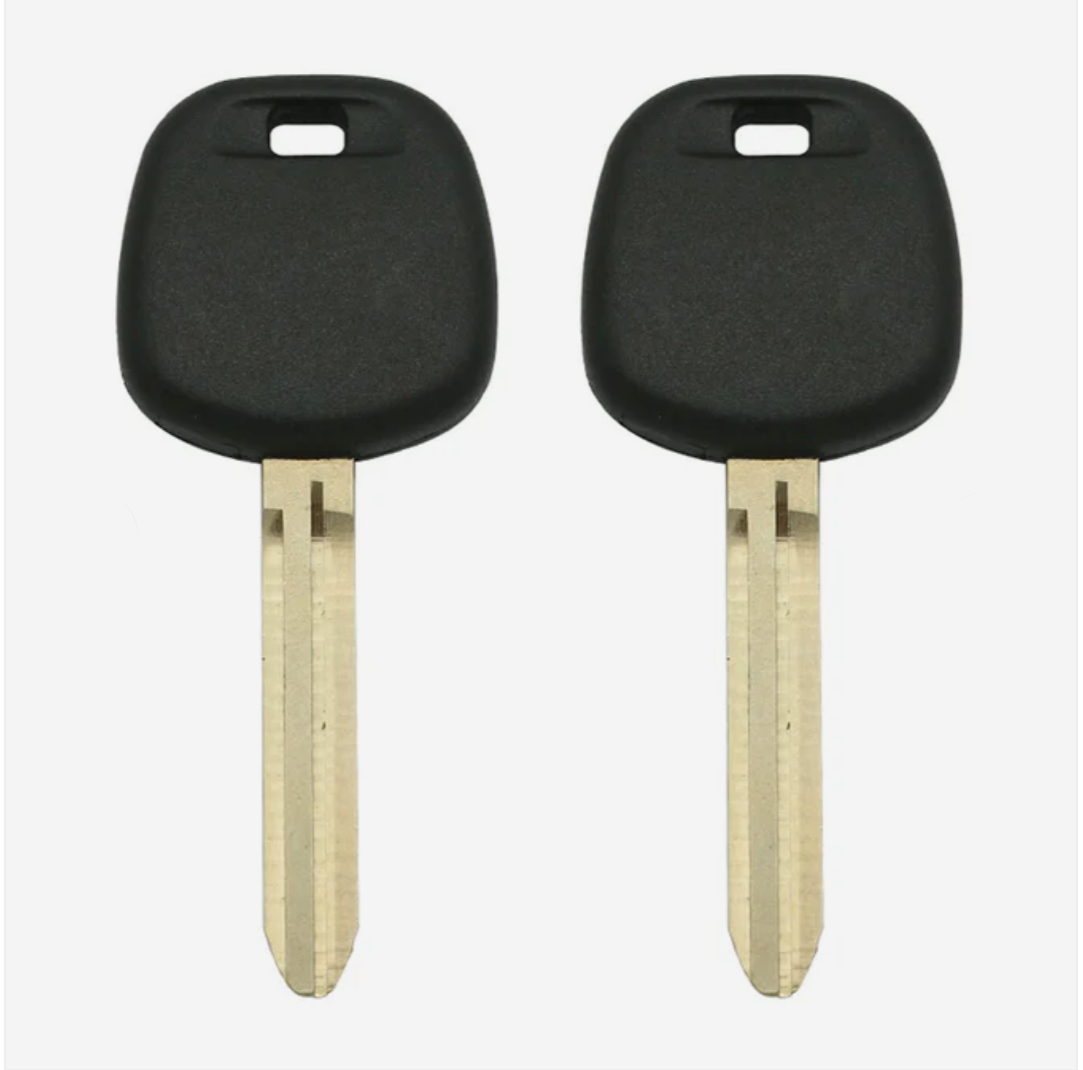 Vendor:Scion xB 2004-2014 (Transponder Key) 2 PackExecutive Car Keys
Vendor:Scion xB 2004-2014 (Transponder Key) 2 PackExecutive Car Keys- Regular price
-
$19.95 - Regular price
-
- Sale price
-
$19.95
Quick view


